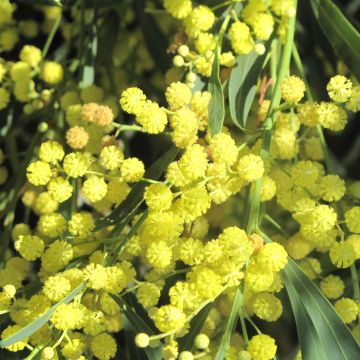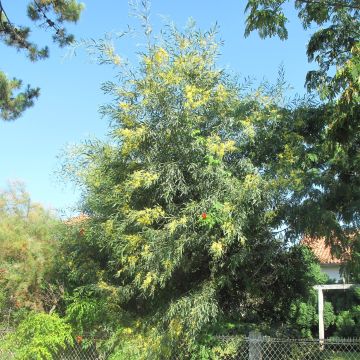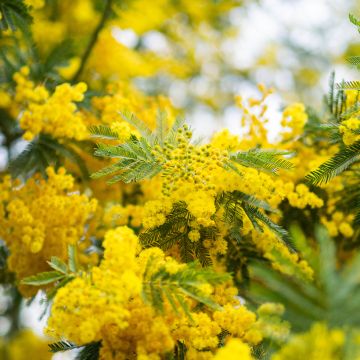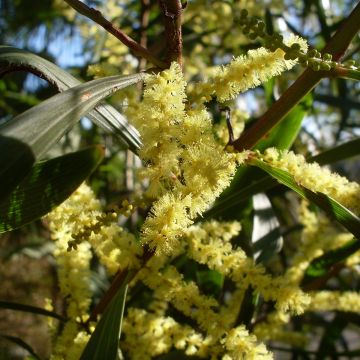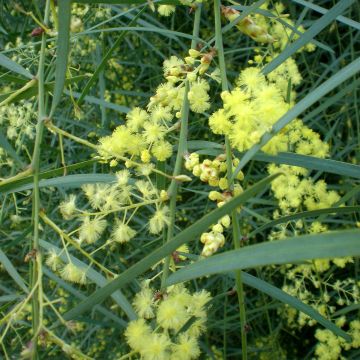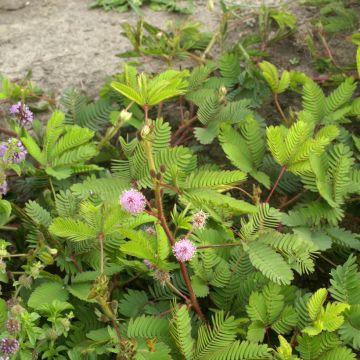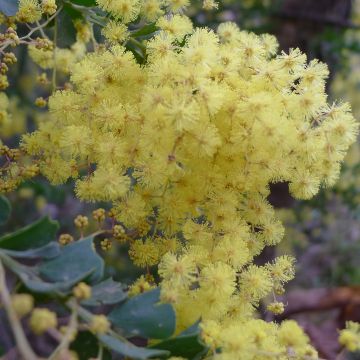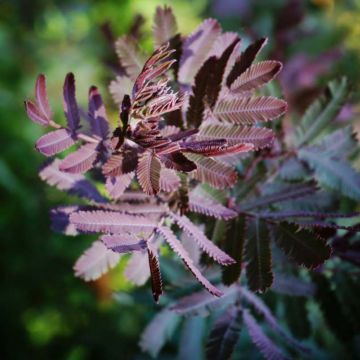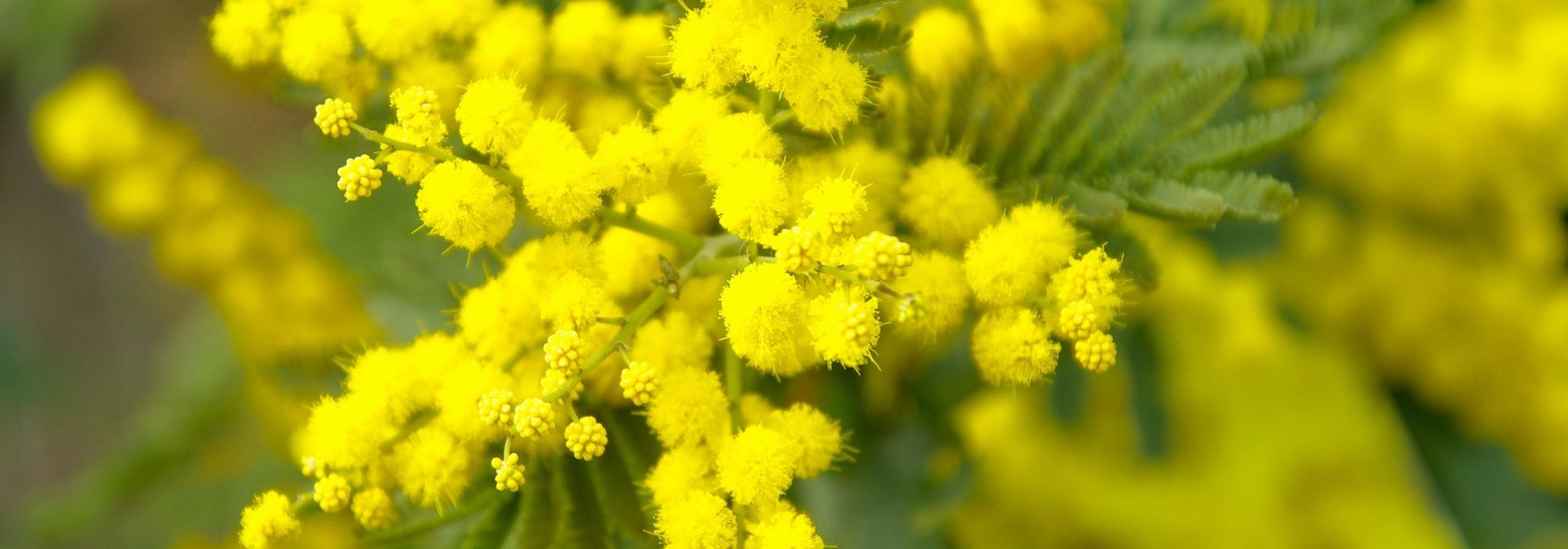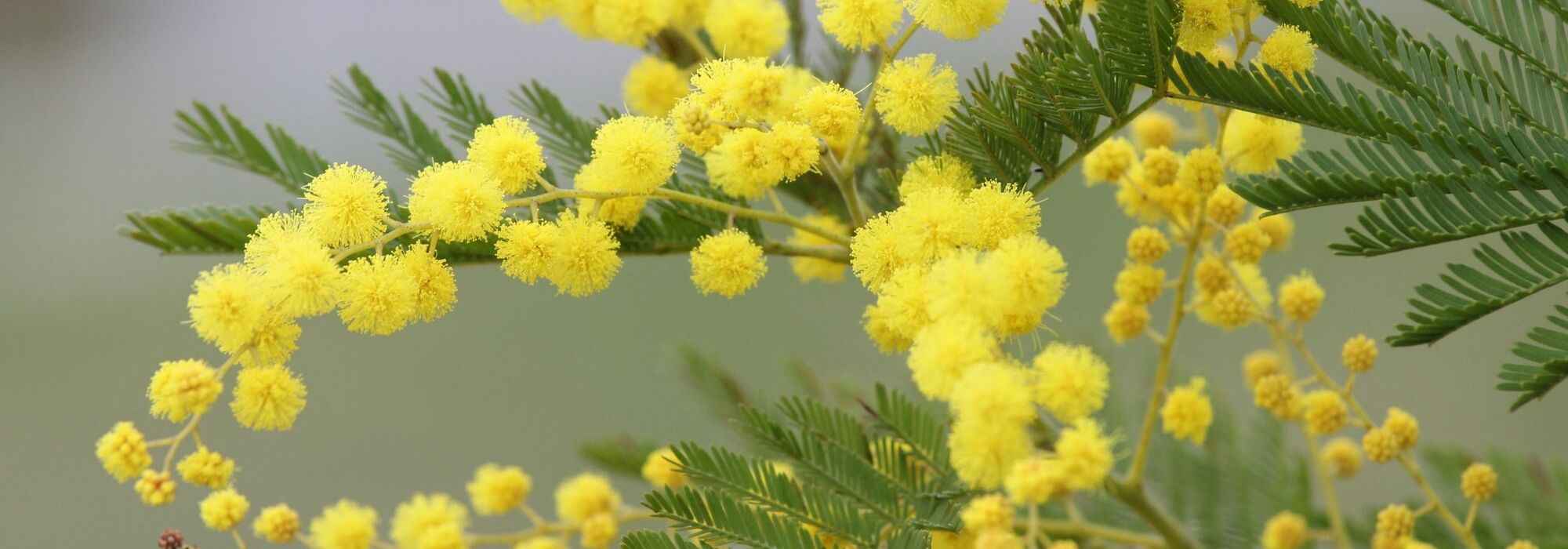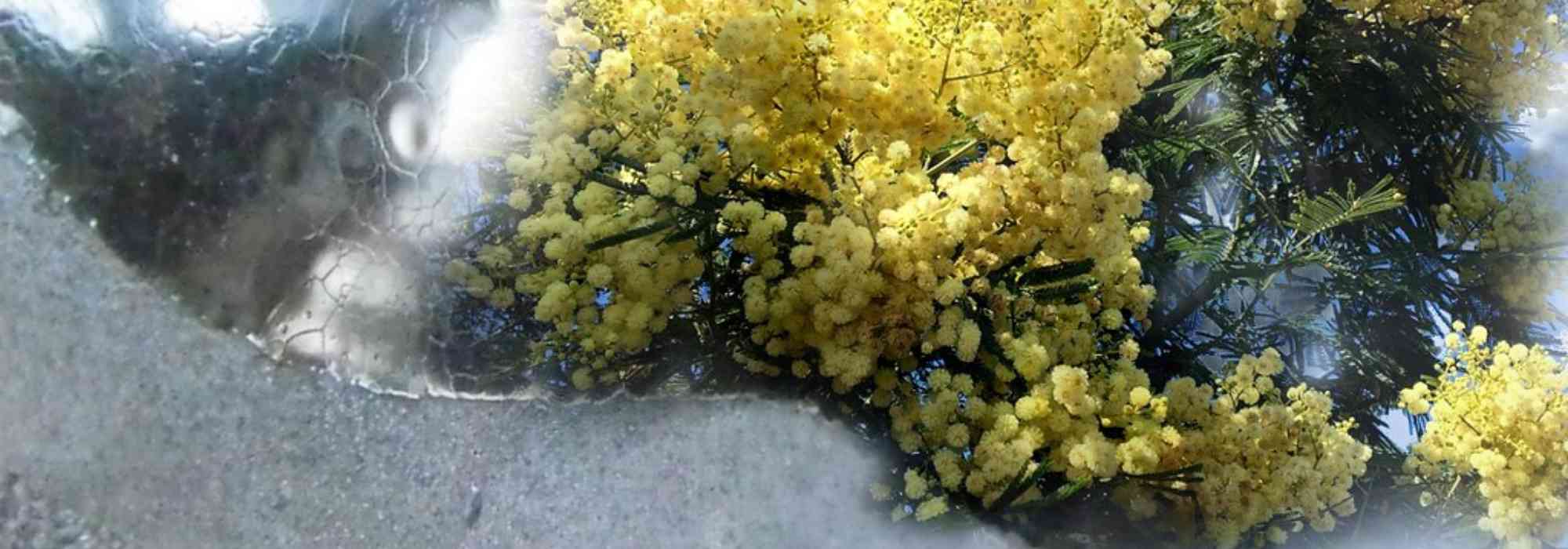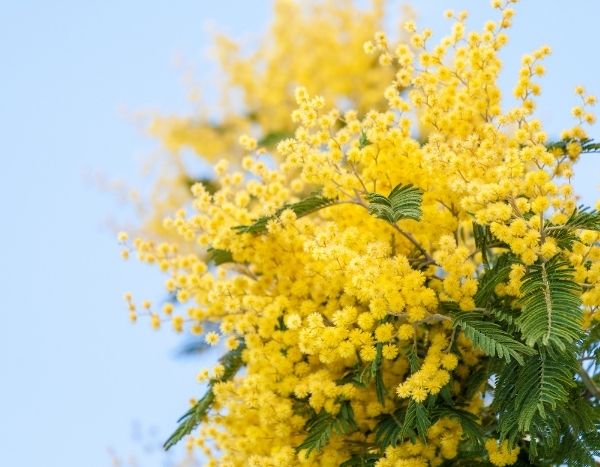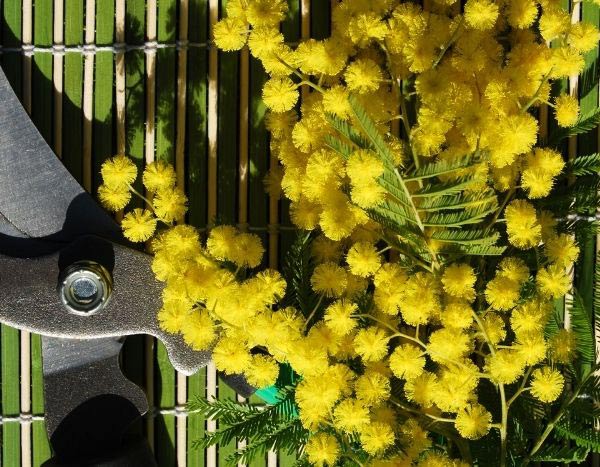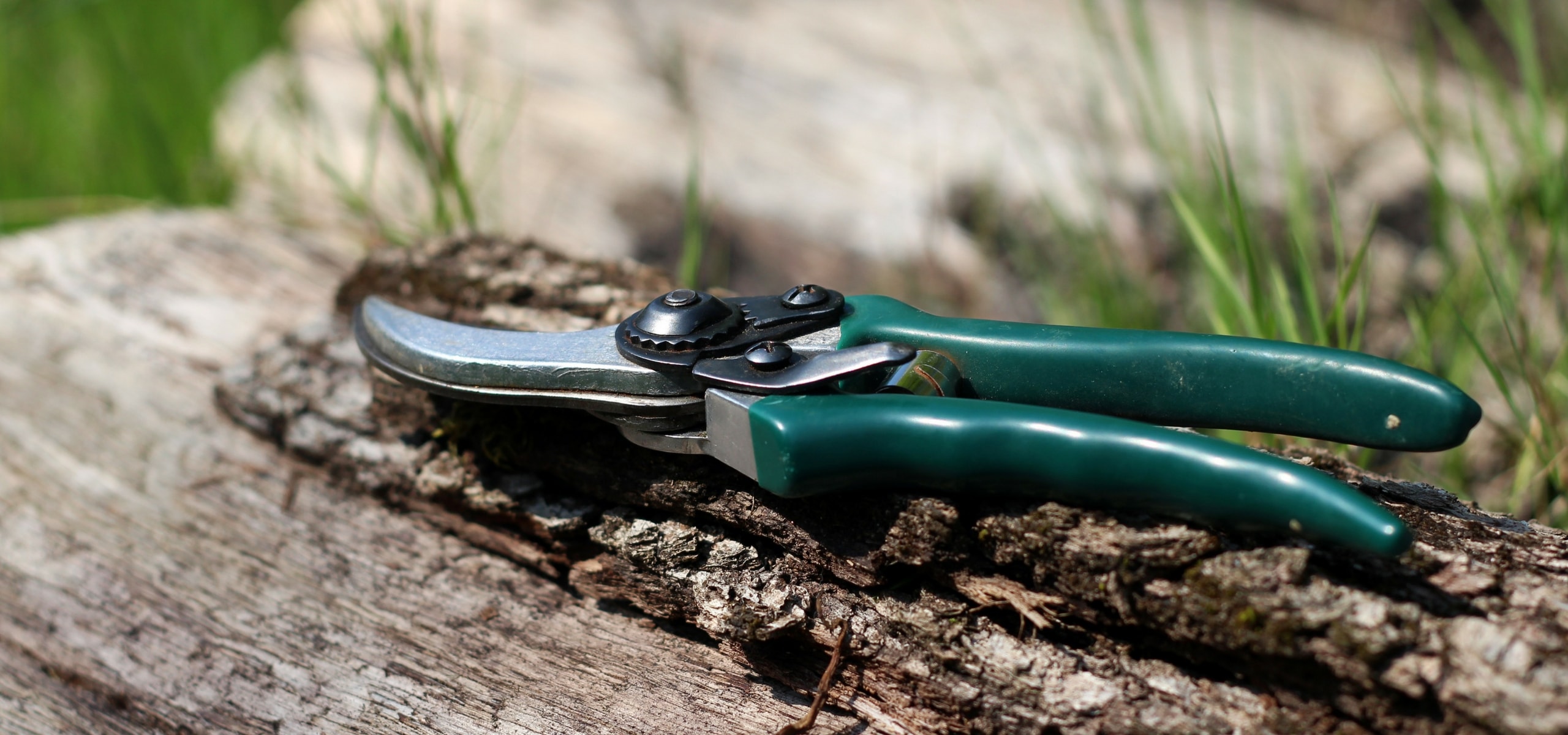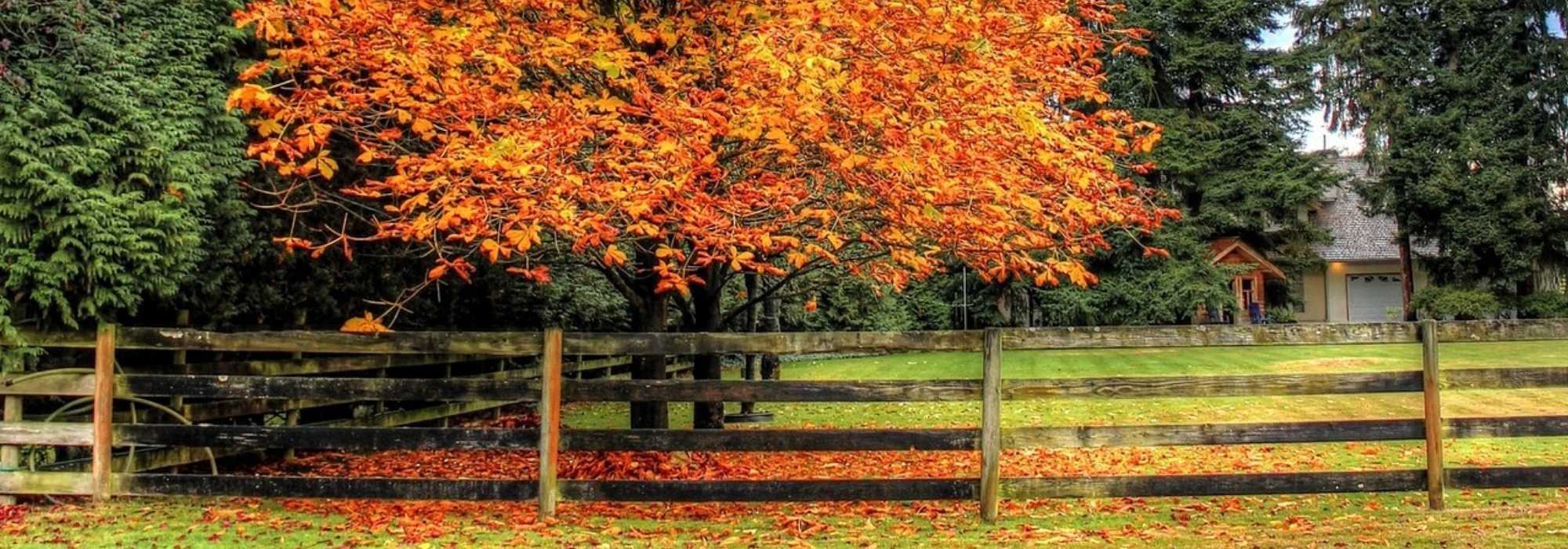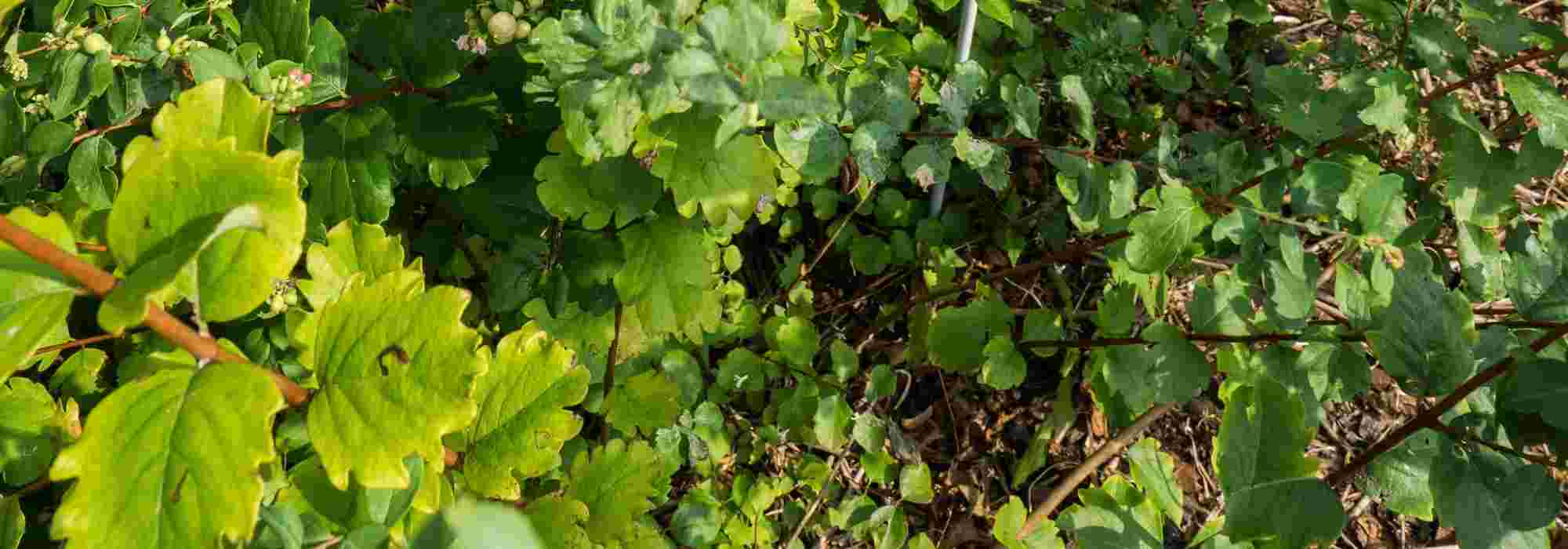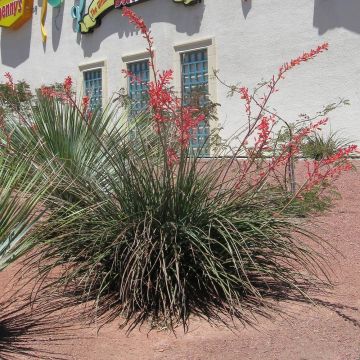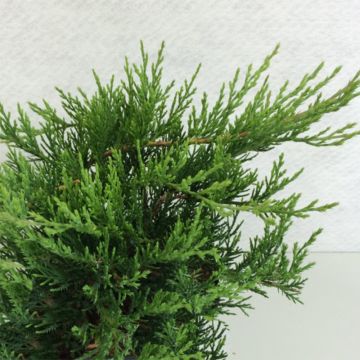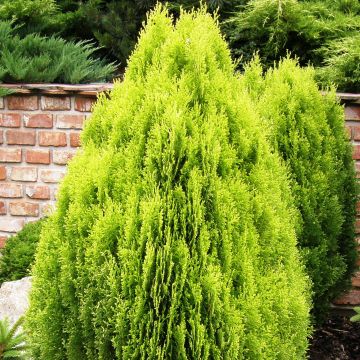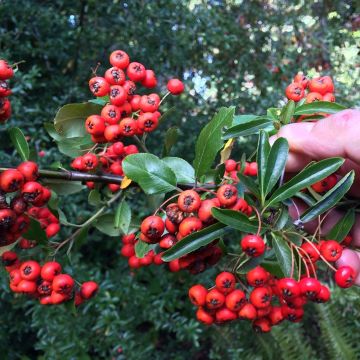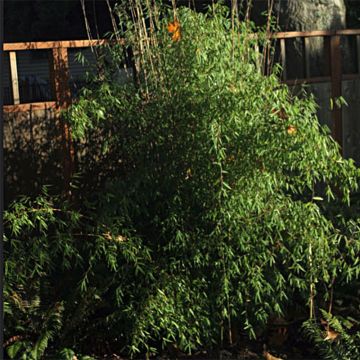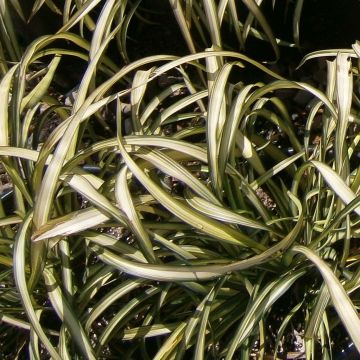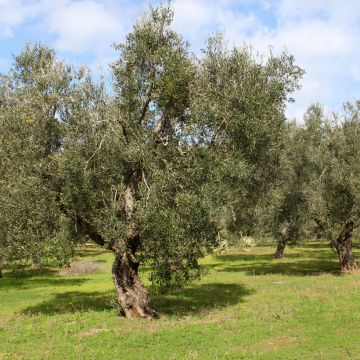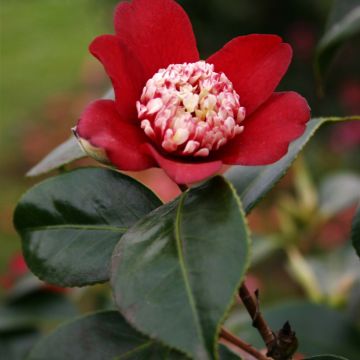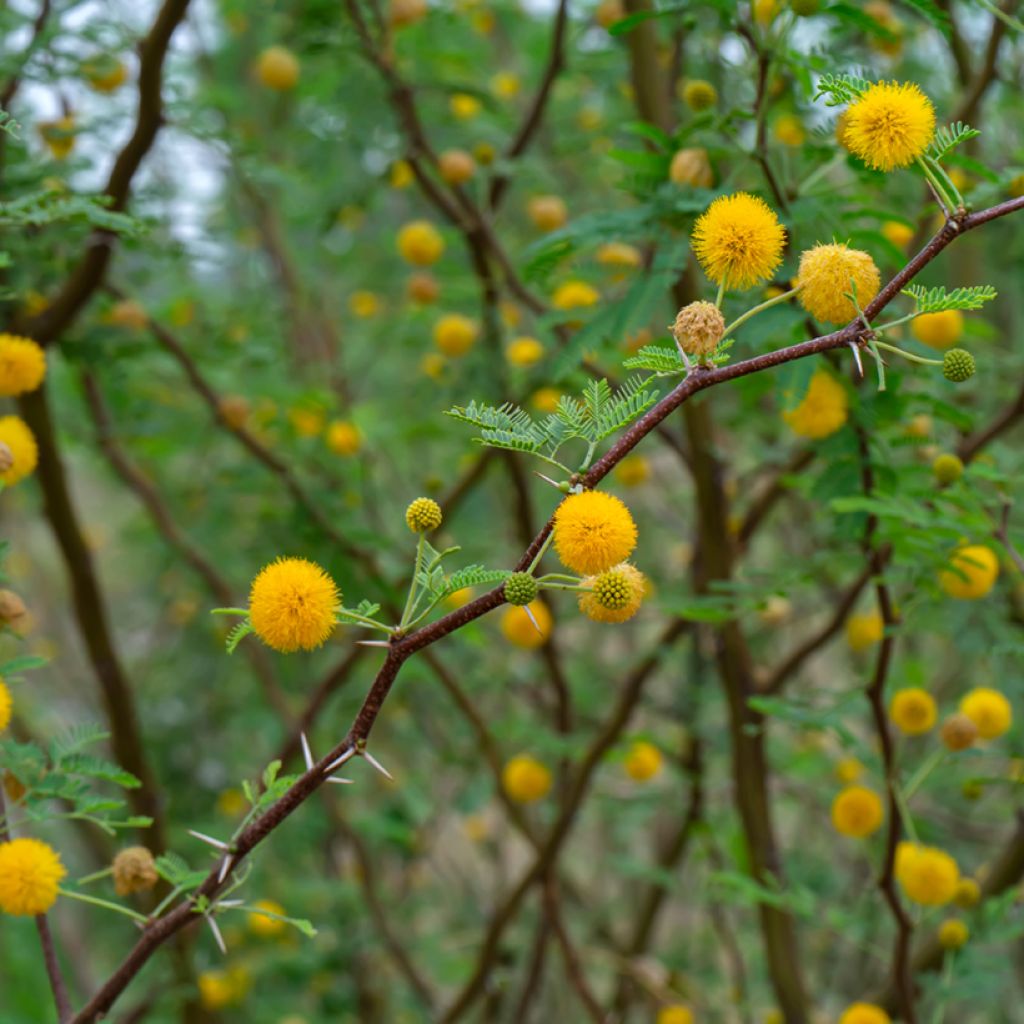

Vachellia farnesiana - Sweet acacia, mimosa farnese
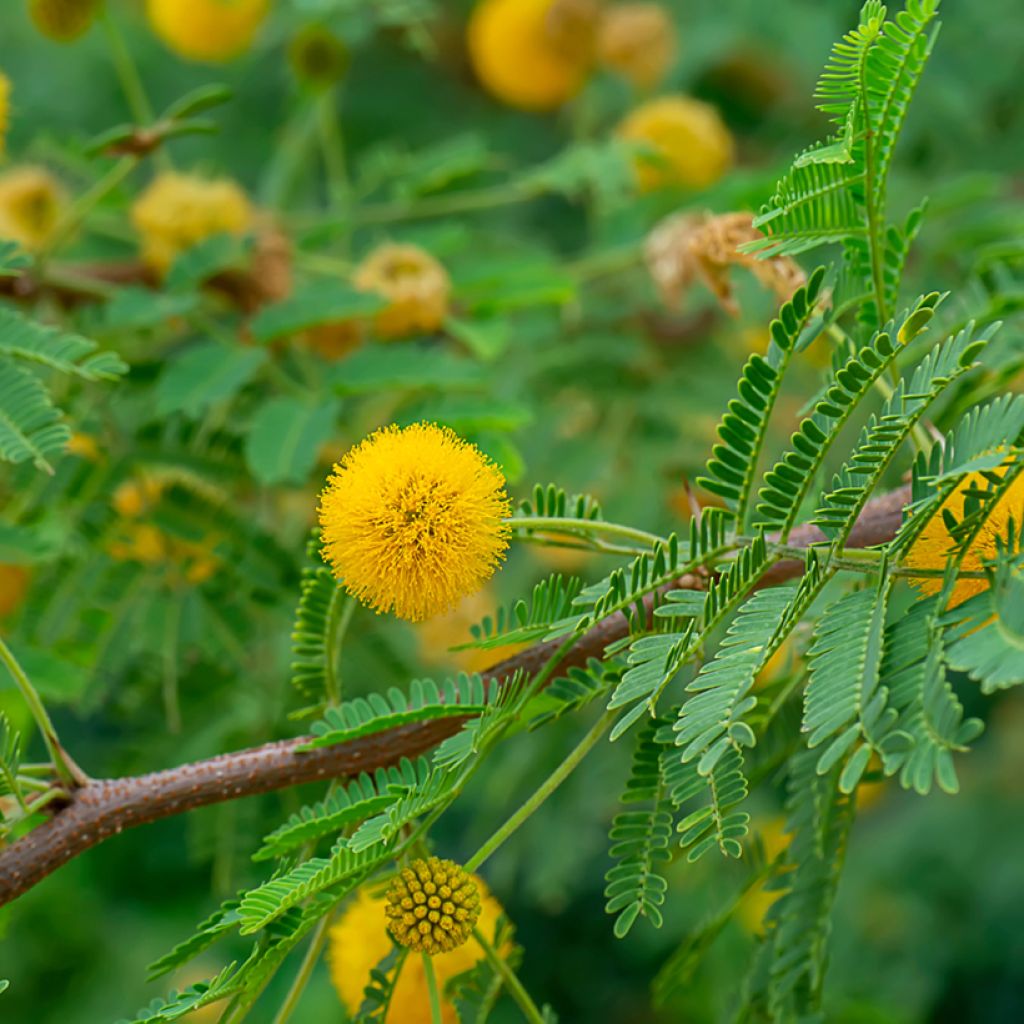

Vachellia farnesiana - Sweet acacia, mimosa farnese
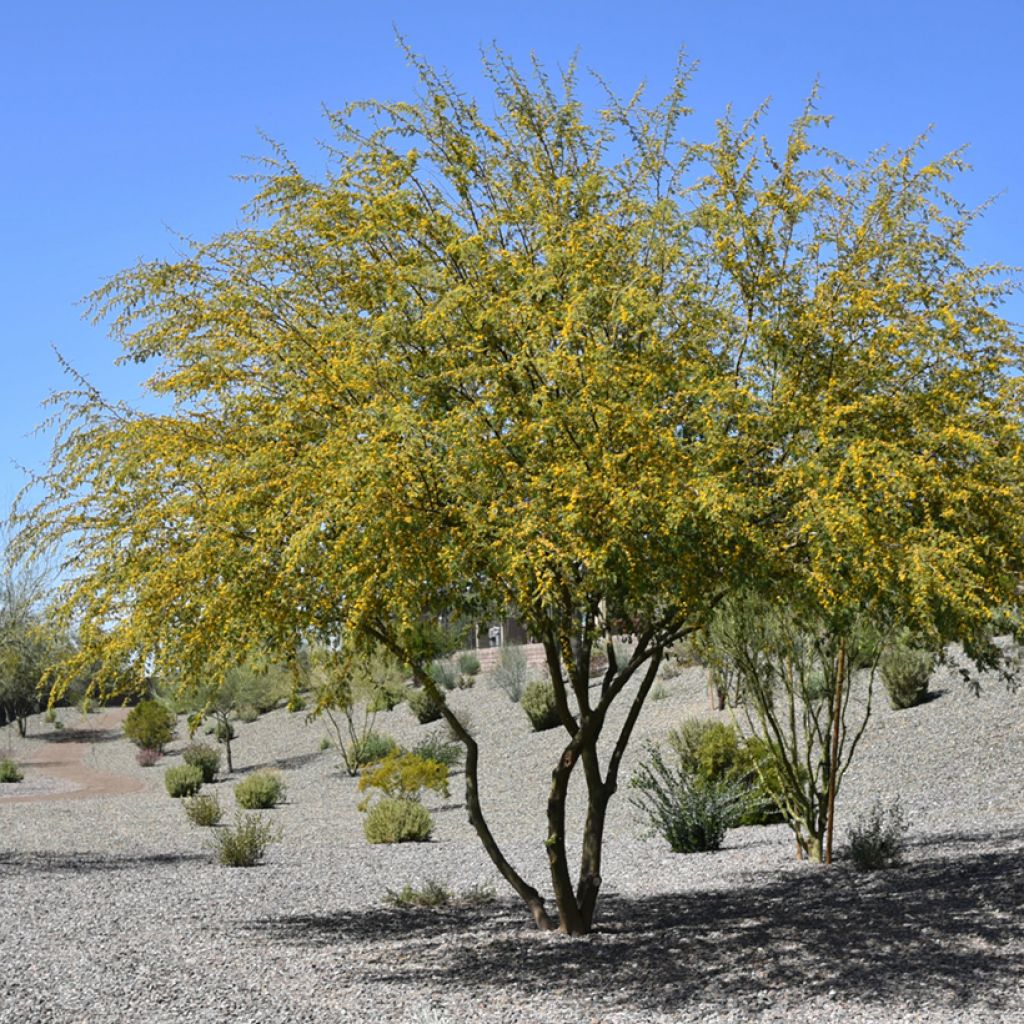

Vachellia farnesiana - Sweet acacia, mimosa farnese
Vachellia farnesiana - Sweet acacia
Vachellia farnesiana
Sweet acacia, huisache, casha tree, needle bush
Special offer!
Receive a €20 voucher for any order over €90 (excluding delivery costs, credit notes, and plastic-free options)!
1- Add your favorite plants to your cart.
2- Once you have reached €90, confirm your order (you can even choose the delivery date!).
3- As soon as your order is shipped, you will receive an email containing your voucher code, valid for 3 months (90 days).
Your voucher is unique and can only be used once, for any order with a minimum value of €20, excluding delivery costs.
Can be combined with other current offers, non-divisible and non-refundable.
Why not try an alternative variety in stock?
View all →This plant carries a 24 months recovery warranty
More information
We guarantee the quality of our plants for a full growing cycle, and will replace at our expense any plant that fails to recover under normal climatic and planting conditions.
Would this plant suit my garden?
Set up your Plantfit profile →
Description
Mimosa Farnese (Vachellia farnesiana), also known as Sweet Acacia, is a small tree closely related to mimosas, renowned for its long-lasting golden-yellow flowering that perfumes the air. Cultivated on the French Riviera for cut flowers and perfumery, this "Mimosa" is also a top choice for gardens in mild climates. It is drought-resistant, capable of growing in any well-drained soil and forms excellent defensive hedges thanks to its thorns. Its light foliage and nectar-rich flowering make it a graceful and useful plant, cherished by gardeners and pollinators alike.
Vachellia farnesiana (formerly Acacia farnesiana), commonly called Sweet Acacia or Mimosa Farnese, belongs to the Fabaceae family, subfamily Mimosoideae. Its specific epithet, farnesiana, pays homage to the Italian Farnese family, who introduced this plant to Italy in the 17th century, specifically in Rome, in the Farnese Gardens (Orti Farnesiani), located on the Palatine Hill. Its seeds are said to have been brought from Santo Domingo (present-day Dominican Republic) in the 17th century. It was there that the plant was cultivated and prized for its magnificent fragrance. Since then, it has spread across southern Europe, particularly in France, where it is grown on the French Riviera for perfumery. The precise geographical origin of this species remains debated. Although often considered native to the Caribbean and Central America, its current distribution is pantropical. It is found in the Americas, from the southern United States to Chile, but is absent from the Amazon. It is also present across much of Africa, the Middle East, southern Asia, and Australia. Since being introduced to Europe, it has particularly thrived in southern France, on the French Riviera, where it is cultivated for perfumery.
Sweet Acacia is a bush or small tree with an upright, rounded habit, reaching between 2 and 6 m in height. Its growth is rapid, especially in warm climates. It is very branching, developing branches typically armed with straight stipular thorns, which can grow up to 3 cm long. Its bark is grey to light brown, smooth in young specimens, becoming slightly fissured with age. Its young stems are often green before gradually turning brown. Its foliage is semi-evergreen to evergreen in mild climates. The leaves are bipinnate, alternate and 5 to 10 cm in length. Each leaf consists of 5 to 20 pairs of pinnae, themselves subdivided into 10 to 25 pairs of linear leaflets, 2 to 6 mm long.
Its flowering is spectacular and long-lasting: it extends from autumn to spring, or even year-round in favourable climates. Its flowers form small, 1 to 1.5 cm diameter, bright golden-yellow spherical pompoms. They are very fragrant, emitting a sweet, powdery scent, much prized in perfumery. They are also nectar-rich, attracting numerous pollinators. After flowering, the plant produces elongated, arched, 5 to 15 cm long pods. They are dark brown when ripe and contain several hard seeds. The pods have a distinctive scent and are sometimes used in traditional medicine.
Vachellia farnesiana is a sun-loving species, requiring full sun to thrive. It tolerates a wide variety of soils, provided they are well-drained. It grows equally well in poor, sandy, acidic, or chalky soils and is highly drought-resistant once established. Its cold resistance is limited. It can tolerate temperatures as low as -7°C briefly, but only if the soil is very free-draining and the frosts are short-lived. Below -5°C, foliar damage may occur, and winter protection is essential inland. In severe frost, an ungrafted specimen may regrow from the stump if the cold has not reached the roots.
Sweet Acacia can be planted in the ground in mild climates as a standalone specimen, sheltered from strong winds, in a hedge or grove. In a large bouquet, its flowers will perfume the living room. It pairs well with Escallonias Iveyi, evergreen ceanothus, Vitex agnus-castus 'Delta Blues', and the tall oleander 'Luteum Plenum' with its double yellow, fragrant flowers. It can be grown in pots, protected from winter frosts in a greenhouse or lightly heated conservatory.
Vachellia farnesiana - Sweet acacia in pictures
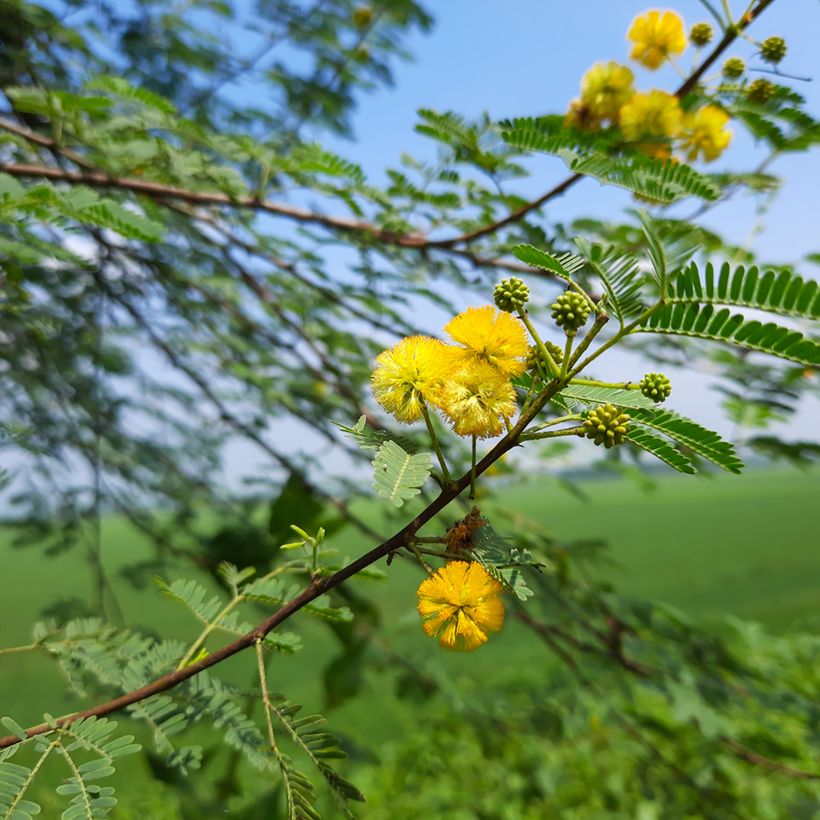



Plant habit
Flowering
Foliage
Botanical data
Vachellia
farnesiana
Fabaceae
Sweet acacia, huisache, casha tree, needle bush
Mimosa farnesiana, Pithecellobium minutum, Vachellia densiflora, Acacia farnesiana, Acacia smallii, Acacia minuta
Australia
Other Acacia - Wattle
View all →Planting and care
Plant Mimosa Farnese (Vachellia farnesiana) in spring (or early autumn in a Mediterranean climate), in a sunny position sheltered from cold winds. It requires well-draining soil, even if poor, sandy, acidic or chalky. When planting in the ground, dig a hole twice as wide as the root ball, loosen the bottom and add gravel if the soil is clay-based. Regular deep watering in the first year will encourage root establishment, after which it becomes very drought-resistant.
In a pot, choose a large container (at least 40 to 50 cm in diameter) with excellent drainage. Use a mix of compost, sand and potting soil, and place a layer of gravel at the bottom. Water moderately in summer, allowing the growing medium to dry out between waterings. Bring it indoors in winter if temperatures drop below -5°C, or protect the pot with horticultural fleece.
Pests affecting this plant include the psyllid (false aphid) as well as the frosted leafhopper (Metcalfa pruinosa) and the white, large, cottony Australian mealybug (Icerya purchasi), the latter two insects being particularly prevalent in southern France. To limit their spread, spray with nettle manure or 5% diluted black soap.
Planting period
Intended location
Care
Planting & care advice
This item has not been reviewed yet - be the first to leave a review about it.
Similar products
Haven't found what you were looking for?
Hardiness is the lowest winter temperature a plant can endure without suffering serious damage or even dying. However, hardiness is affected by location (a sheltered area, such as a patio), protection (winter cover) and soil type (hardiness is improved by well-drained soil).

Photo Sharing Terms & Conditions
In order to encourage gardeners to interact and share their experiences, Promesse de fleurs offers various media enabling content to be uploaded onto its Site - in particular via the ‘Photo sharing’ module.
The User agrees to refrain from:
- Posting any content that is illegal, prejudicial, insulting, racist, inciteful to hatred, revisionist, contrary to public decency, that infringes on privacy or on the privacy rights of third parties, in particular the publicity rights of persons and goods, intellectual property rights, or the right to privacy.
- Submitting content on behalf of a third party;
- Impersonate the identity of a third party and/or publish any personal information about a third party;
In general, the User undertakes to refrain from any unethical behaviour.
All Content (in particular text, comments, files, images, photos, videos, creative works, etc.), which may be subject to property or intellectual property rights, image or other private rights, shall remain the property of the User, subject to the limited rights granted by the terms of the licence granted by Promesse de fleurs as stated below. Users are at liberty to publish or not to publish such Content on the Site, notably via the ‘Photo Sharing’ facility, and accept that this Content shall be made public and freely accessible, notably on the Internet.
Users further acknowledge, undertake to have ,and guarantee that they hold all necessary rights and permissions to publish such material on the Site, in particular with regard to the legislation in force pertaining to any privacy, property, intellectual property, image, or contractual rights, or rights of any other nature. By publishing such Content on the Site, Users acknowledge accepting full liability as publishers of the Content within the meaning of the law, and grant Promesse de fleurs, free of charge, an inclusive, worldwide licence for the said Content for the entire duration of its publication, including all reproduction, representation, up/downloading, displaying, performing, transmission, and storage rights.
Users also grant permission for their name to be linked to the Content and accept that this link may not always be made available.
By engaging in posting material, Users consent to their Content becoming automatically accessible on the Internet, in particular on other sites and/or blogs and/or web pages of the Promesse de fleurs site, including in particular social pages and the Promesse de fleurs catalogue.
Users may secure the removal of entrusted content free of charge by issuing a simple request via our contact form.
The flowering period indicated on our website applies to countries and regions located in USDA zone 8 (France, the United Kingdom, Ireland, the Netherlands, etc.)
It will vary according to where you live:
- In zones 9 to 10 (Italy, Spain, Greece, etc.), flowering will occur about 2 to 4 weeks earlier.
- In zones 6 to 7 (Germany, Poland, Slovenia, and lower mountainous regions), flowering will be delayed by 2 to 3 weeks.
- In zone 5 (Central Europe, Scandinavia), blooming will be delayed by 3 to 5 weeks.
In temperate climates, pruning of spring-flowering shrubs (forsythia, spireas, etc.) should be done just after flowering.
Pruning of summer-flowering shrubs (Indian Lilac, Perovskia, etc.) can be done in winter or spring.
In cold regions as well as with frost-sensitive plants, avoid pruning too early when severe frosts may still occur.
The planting period indicated on our website applies to countries and regions located in USDA zone 8 (France, United Kingdom, Ireland, Netherlands).
It will vary according to where you live:
- In Mediterranean zones (Marseille, Madrid, Milan, etc.), autumn and winter are the best planting periods.
- In continental zones (Strasbourg, Munich, Vienna, etc.), delay planting by 2 to 3 weeks in spring and bring it forward by 2 to 4 weeks in autumn.
- In mountainous regions (the Alps, Pyrenees, Carpathians, etc.), it is best to plant in late spring (May-June) or late summer (August-September).
The harvesting period indicated on our website applies to countries and regions in USDA zone 8 (France, England, Ireland, the Netherlands).
In colder areas (Scandinavia, Poland, Austria...) fruit and vegetable harvests are likely to be delayed by 3-4 weeks.
In warmer areas (Italy, Spain, Greece, etc.), harvesting will probably take place earlier, depending on weather conditions.
The sowing periods indicated on our website apply to countries and regions within USDA Zone 8 (France, UK, Ireland, Netherlands).
In colder areas (Scandinavia, Poland, Austria...), delay any outdoor sowing by 3-4 weeks, or sow under glass.
In warmer climes (Italy, Spain, Greece, etc.), bring outdoor sowing forward by a few weeks.


































